Fredoliques
2 years ago · Updated 6 months ago
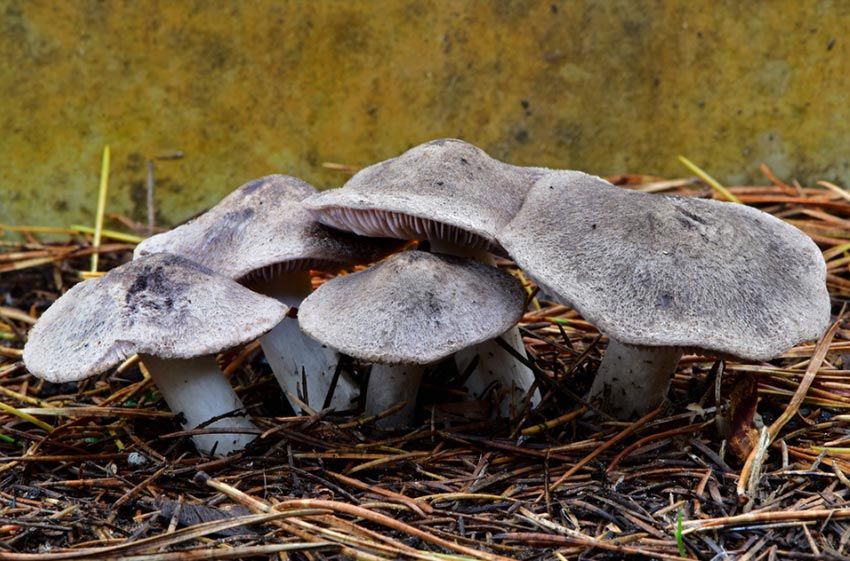
- Fredolic, ratón or griset: popular edible mushrooms
- Black trumpet mushrooms, chanterelles, the shy mushroom
- Common names for Fredolic, negrille
- What are fredolics like? Characteristics of Tricholoma terreum
- When can you look for fredolics, negrilla mushrooms?
- Habitat of the fredolic
- Confusion between Tricholoma terreum and similar species
- Photographs of Tricholoma terreum
- Tricholoma terreum, gray mushrooms in the kitchen
Fredolic, ratón or griset: popular edible mushrooms
Its characteristic gray color and velvety texture make Tricholoma terreum or fredolic a very easy mushroom to recognize. In addition, it should be noted that there are few types of mushrooms that coexist with fredolics in the mountains when the first frosts begin.
So, let's grab our mushroom basket, knife, and a good coat, and go hunting for chanterelles.

Black trumpet mushrooms, chanterelles, the shy mushroom
These small, delicate edible mushrooms belong to the Tricholoma family and have an intense flavor that is widely appreciated in mycological cuisine. They are commonly found in recipes from many regions.
In addition, the fredolic or negrilla has a very long season. This mushroom extends the season, as it usually emerges with the arrival of the first cold weather, hence its name: negrilla. It is not at all unusual to find them frozen in the middle of the first frosts.
Negrilla grows in large groups
Mushroom pickers usually find them while looking for other species of mushrooms, such as delicious milk caps or clouded clitocybes. They are very happy to find them because they can grow in abundant groups and, with a good mushroom bed, we can fill our wicker baskets.
Let's learn more about this well-known type of mushroom and how to distinguish it from certain species that can easily be confused with it and which, unfortunately, have caused more than one case of poisoning.
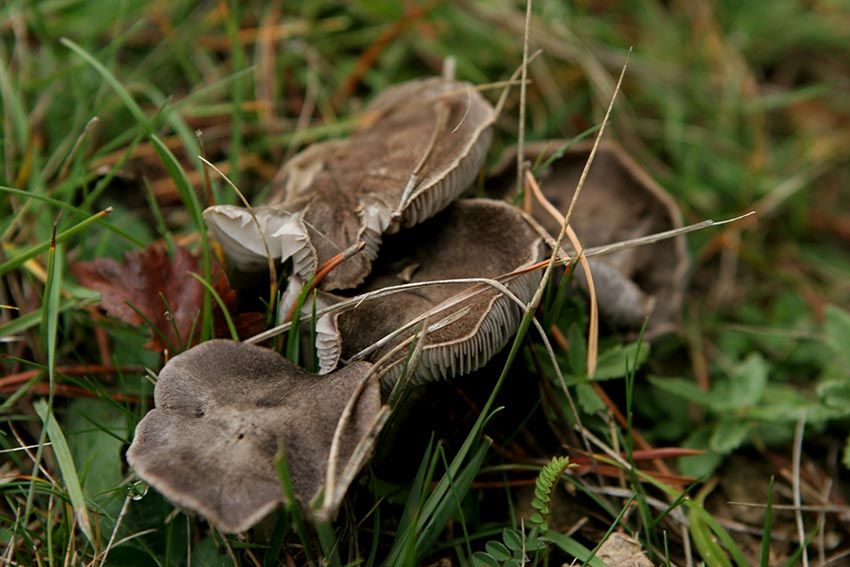
Common names for Fredolic, negrille
The scientific name for Fredolic is Tricholoma terreum, belonging to the Basidiomycetes class, Tricholomatales order, and Tricholomataceae family.
It is a very popular and widely consumed mushroom, hence the large number of popular names. In Spanish it is called champiñón negrilla, negrito, ratón, griseta, champiñón de steppe or fongueta de pin. It also has a number of names in Catalan, as it is a very popular mushroom in this region. The most commonly used is fredolic, although it is also called freduluc, morro d'ovella, fredolic bolet, brunet, or negret. In the Basque Country, it is known as ziza arre or llerko ziza.
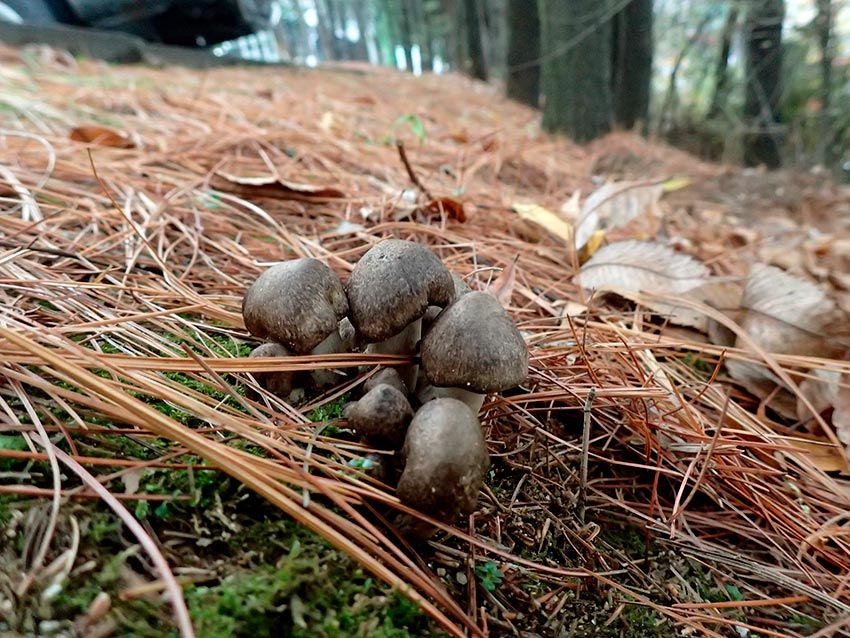
What are fredolics like? Characteristics of Tricholoma terreum
Fredolics have particular characteristics which, once known, will allow us to enjoy them when we go out into the woods.
The cap is closed when young and tends to open up as it matures, becoming flat and reaching between 3 and 9 cm in diameter. The cap opens as it matures. It is grayish in color and becomes blackish toward the center.
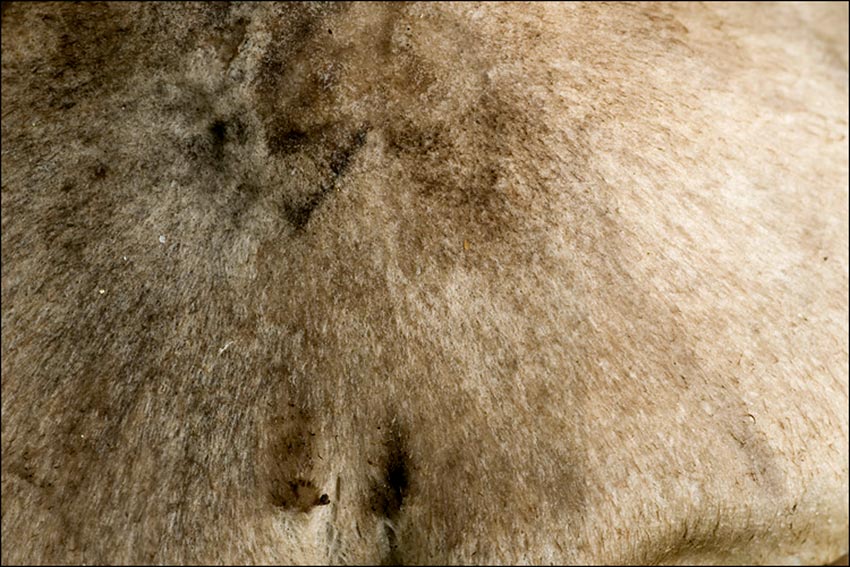
The gills are uneven, spaced apart on the outside but closer together as they get closer to the stem. They are off-white at first and turn grayish as the mushroom matures.
The stem is off-white, thin, and fibrous, and breaks very easily. It is between 3 and 7 cm tall.
We can say that this is a rare mushroom and has no particular smell, although it is very versatile in cooking and has an earthy taste. It is a mushroom that spoils easily due to its great fragility.

When can you look for fredolics, negrilla mushrooms?
The negrilla is a mushroom that, due to its late appearance, tends to share the basket with other species. It is common to go looking for delicious milk mushrooms, chanterelles, or black trumpet mushrooms and find beautiful clusters of fredolics. What's more, as they are resistant to low temperatures and even the first frosts, these other species will gradually disappear, leaving negrillas as the queens of winter baskets.
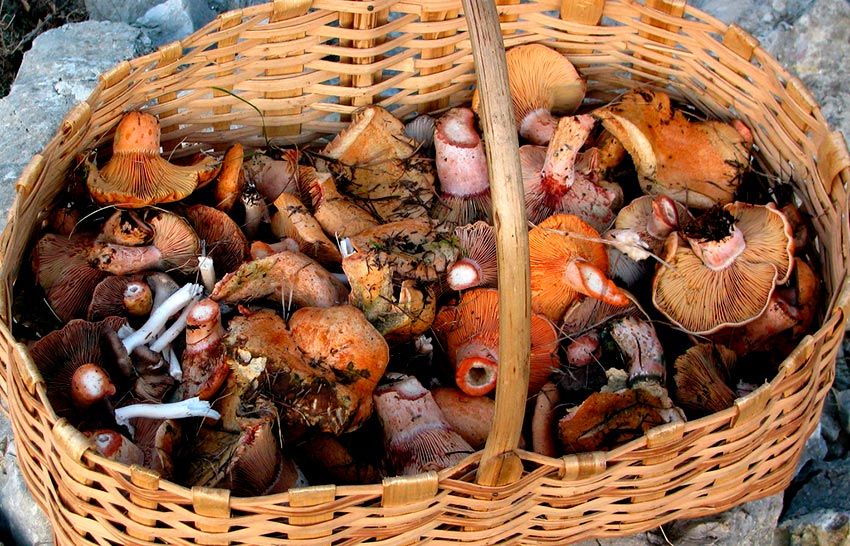
When does Tricholoma terreum appear?
These mushrooms can occasionally grow even in spring and summer if the weather is warmer than usual, although they mainly appear in autumn and continue to appear until the end of winter. Even until the first heavy frosts. In temperate years, it can grow until February.
Habitat of the fredolic
Fredolic or negrilla is a species of pine forest and coniferous tree, with a preference for calcareous soils. It likes to grow at the base of pine trees and along the edges of paths and tracks. It prefers shady and very humid places. In these areas, fredolics are generally very productive.

When the season arrives, they appear in small clusters at first, followed by more abundant blooms, sometimes forming beautiful carpets that are a sight to behold. In short, we can say that it is not too difficult to find chanterelles. They are a fairly common species in the forest.
They share their habitat with milk caps (lactarius sanguifluus) and llanegas (Higrophorus latitabundus), so if we look for fredolics in these areas, we are sure to find them. At the beginning of the season, we should look at high altitudes, between 1,200 and 1,800 meters, and gradually lower the altitude so that we can find them well after the onset of winter at sea level.
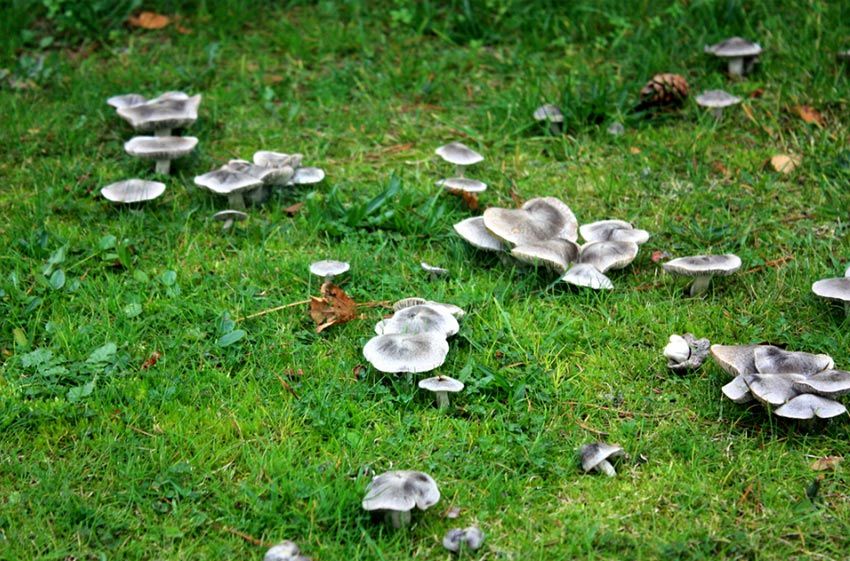
Confusion between Tricholoma terreum and similar species
We have many varieties of edible Tricholoma that bear some resemblance to fredolic, negreta, or mouse mushrooms. However, they do not all share the same habitat and are considered inferior to Tricholoma terreum.
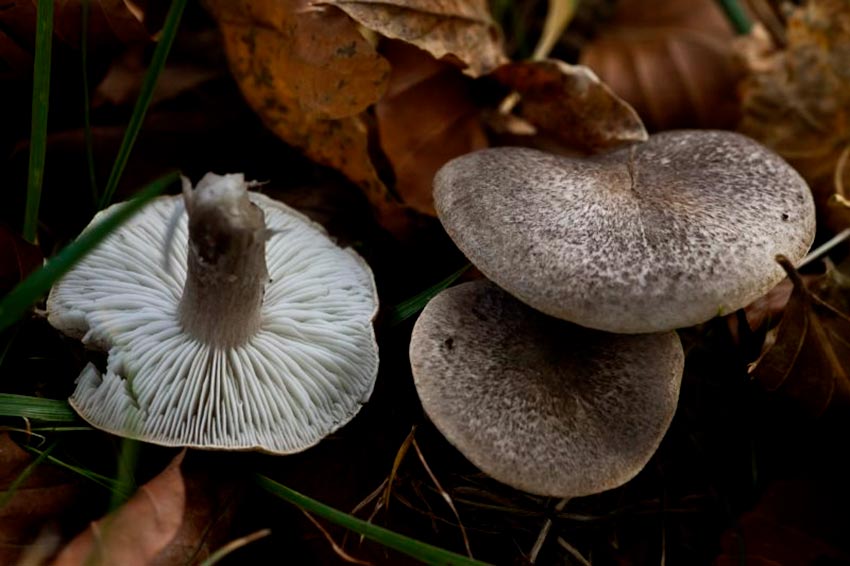
Edible Tricholomas
This type of mushroom includes the following Tricholomas, which are similar to the fredolic and highly prized in cooking:
- The scaly fredolic (Tricholoma atrosquamosum) with a pungent odor and black-spotted gills, shares the habitat of coniferous forests.
- Tricholoma orirubens in beech and fir forests, with reddish flesh.
- In deciduous forests, we find Tricholoma argyraceum.
- Tricholoma cingulatum grows among willows and has a ring at the base that distinguishes it from other species.
- Fredolic farineux (Tricholoma scalpturatum) is whiter than terreum and slightly yellowish.
- Tricholoma myomyces, with whiter gills than the terreum.
- Tricholoma virgatum, differs in that it appears in beech and fir forests. The cap ends in a nipple shape, pierced with lighter gray.
The smell is fruity, but its taste is so bitter that it is not considered edible.
Warning about Tricholoma pardinum
The poisonous tricholoma or bordered negrille (tricholoma pardinum) is the most dangerous species. Unlike tricholoma terreum, it grows in spruce and beech forests. It is more robust and has a thick, fleshy stem, unlike terreum. The cap has a scaly pattern that looks striped. This is a dangerous species that can cause long and violent gastroenteritis.
Photographs of Tricholoma terreum
The fredolic or griset is a very photogenic species and is often photographed by mushroom pickers and enthusiasts. It is not difficult to find images of grisets or photos of grisets in reports on mycological outings. These mushrooms are particularly beautiful.
Tricholoma terreum, gray mushrooms in the kitchen
The fact that the earthy tricholoma visits us at the end of the season, when many species are already disappearing, makes it a mushroom appreciated by cooks and pickers. Since it is a mushroom with little flesh and no strong odor, it can be found cooked in a wide variety of stews.
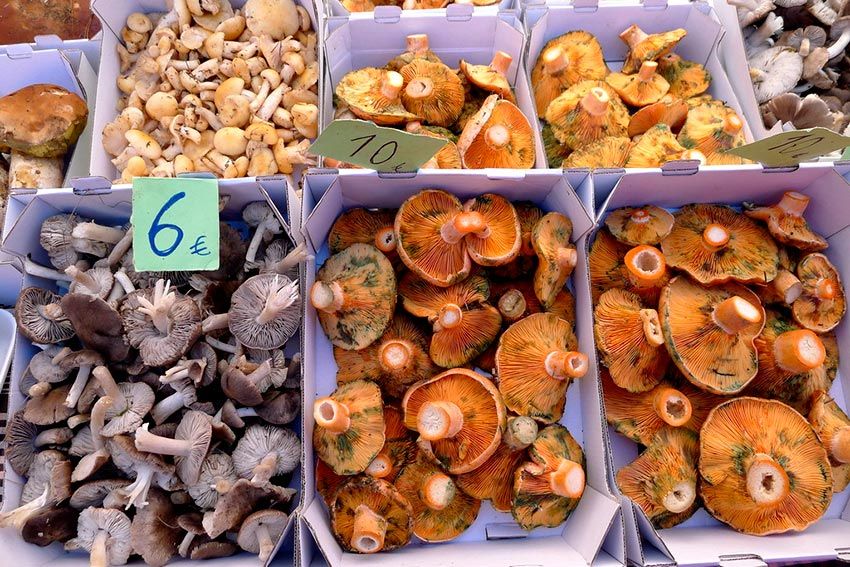
It is also ideal for soups, stews, or simply sautéed in a pan with garlic and parsley to season meat. This mushroom is not suitable for dehydration, as its fragility and small size make this process difficult.
Edibility of the fredolic bolete
This cold-loving mushroom has a high culinary value. It is considered excellent for eating and has a long tradition in popular cuisine
Warning about canned fredolics that can be found in some stores. Most of them use other species to make these fake canned fredolics. Be sure to check the ingredients on each can.
Selling them fresh is tricky because their flesh is so fragile, so if you find fresh fredolics, make sure they're well preserved and haven't been damaged during handling.
You are probably already familiar with these delicate mushrooms, which you harvest on your outings and use in cooking. Would you like to send us a recipe for fredolics? We will include it in future updates to this article. You can send us your recipes on our Facebook page.
Cheers and mushrooms!

Te pueden interesar